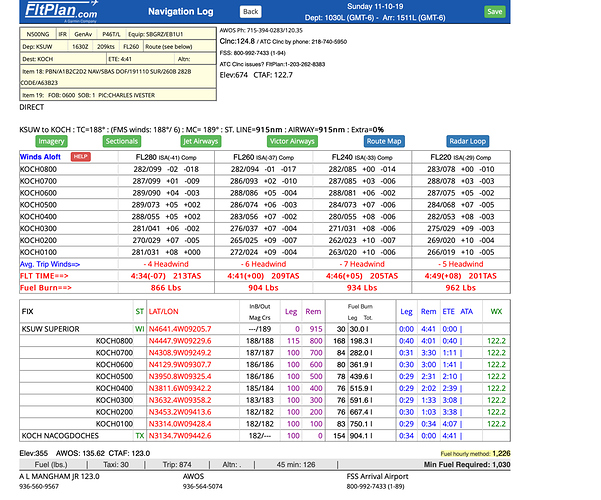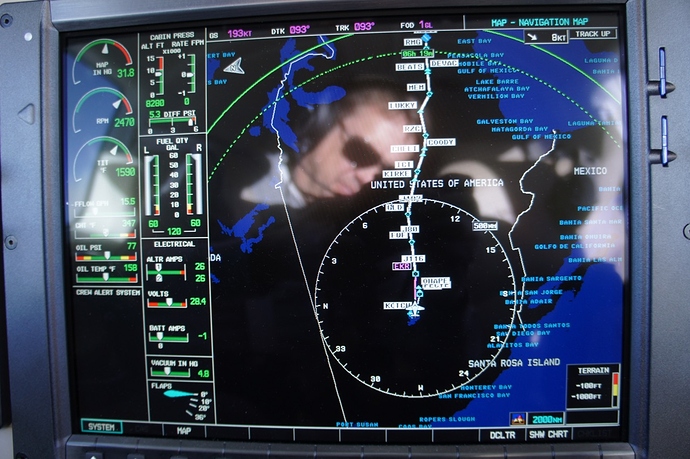I loved my SR22TN, and regularly flew it 800 nm from Houston to the Charlotte area to visit my mother (KUZA). With the slightly higher fuel burn of the TN and 92-gallon tanks, that was a 5-hour trip and basically a max range trip if I wanted to land with IFR reserves. Right now, one of my common missions is a comparable trip - Houston/KTME to St. Paul, MN (KSTP), 917 nm direct.
I now fly a Piper turbine (M600) and that’s a nonstop trip - averages just under 4 hours depending on the winds. Would also be a nonstop trip in a Mirage/M350. I prefer nonstop trips if possible - and most of my missions are over 800 miles. Before I found a turbine partner, I was going to get an M350 for these trips but was fortunate to find a good partner so went with the turbine. Having said all that, every time you make fuel stops you have to consider not only en route weather but the weather for the fuel stop. Twice the approaches, twice the landings/takeoffs, twice the risk in my view. Not a big deal and you get proficient with approaches; I don’t mind them but it’s something to consider.
From a FIKI/icing perspective, TKS is great but I think boots are better as my preference. I’m flying back today to Houston from St. Paul and there is an Airmet Zulu for moderate ice below FL180 (fortunately, no icing PIREPs here yet). I’ve got confidence in the airframe to handle it. I used TKS in the Cirrus and it’s fine but I think boots are better (and definitely less messy). I normally would not launch the Cirrus into forecast or reported moderate icing from a risk management perspective.
Two final points: pressurization and winds. Winter winds can really jam you up. The nice thing about the Mirage is that you can fly up to 250 or under 10,000, depending on winds/weather and not worry about having to wear a mask, a cannula and you’ve got the big boots to battle ice as needed. Higher speed up high and no fuel burn penalty down low unlike a turbine. Pressurization makes a big difference to me in physical comfort and less fatigue. I regularly fly 5+ hour legs solo and its no issue for me at 60. Passenger comfort may dictate shorter legs but travel johns are a wonderful thing!
I really don’t mean to be a Piper evangelist and really loved my Cirrus (may wind up back in one when I retire!), but if your mission is over 900 miles, into heavy winter weather, the pressurization, range, altitude flexibility and boots of the piston PA46 is something you should consider seriously. Both aircraft will do the job so it will boil down to the trade offs - chute or no chute, Cirrus entry/cabin versus Piper entry/cabin, TKS vs boots, pressure vs. no pressure, stops vs. no stops. The Piper has more systems so it has a higher MX and operating cost too.
Good luck! Can’t really go wrong with either.



